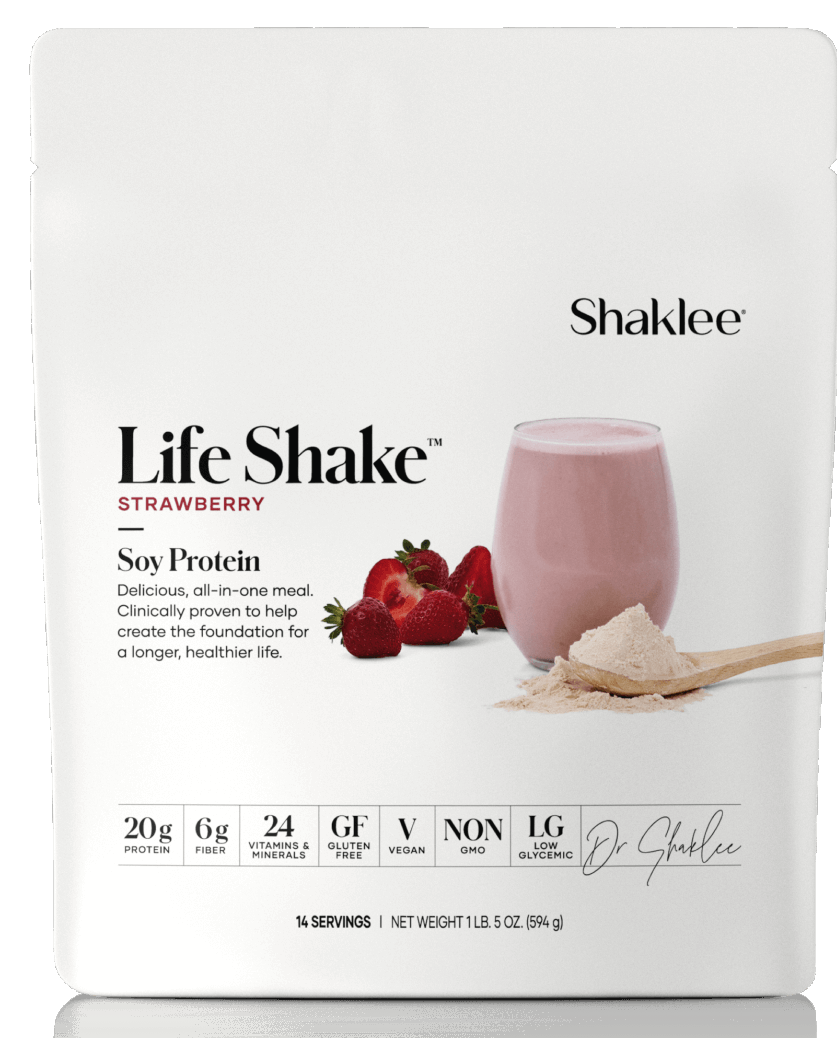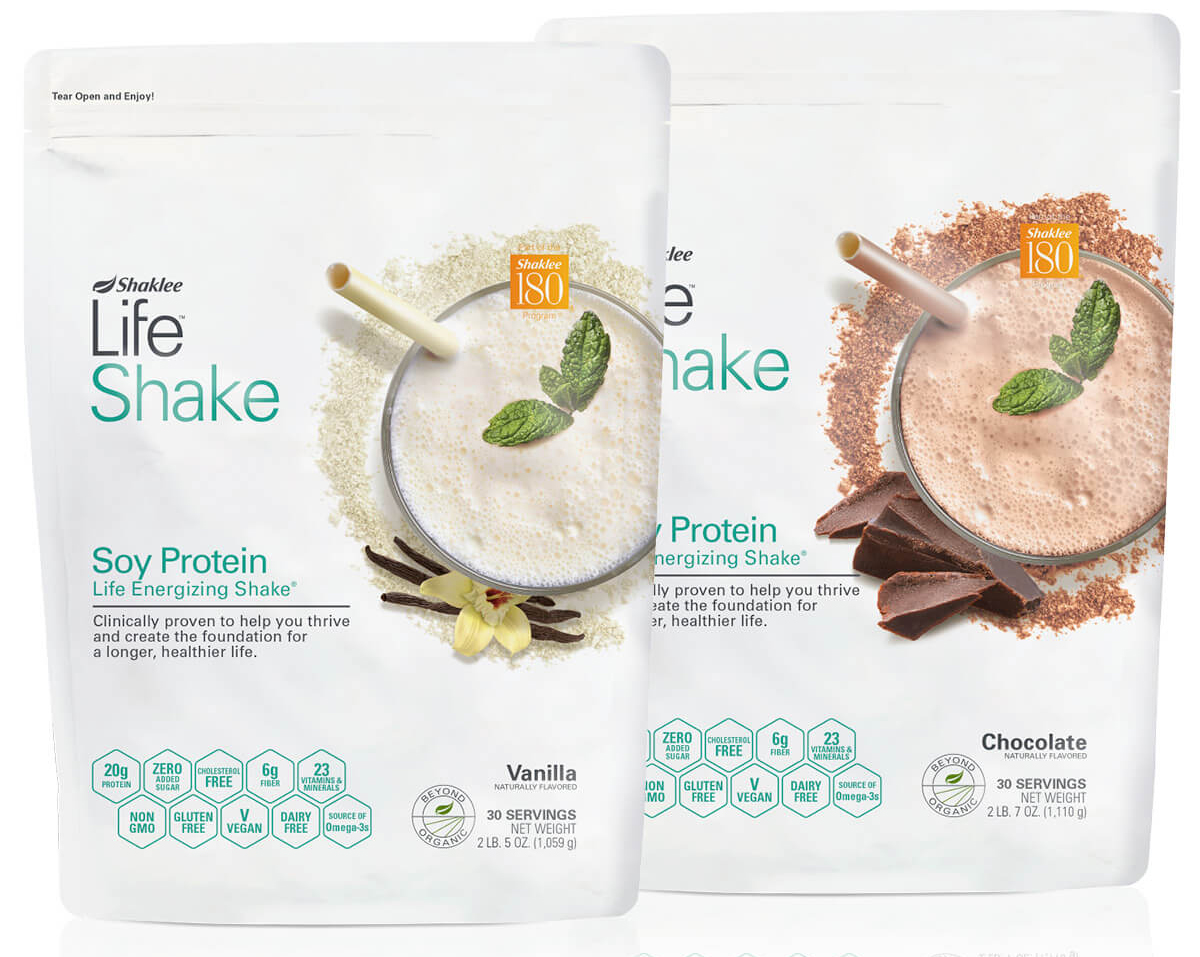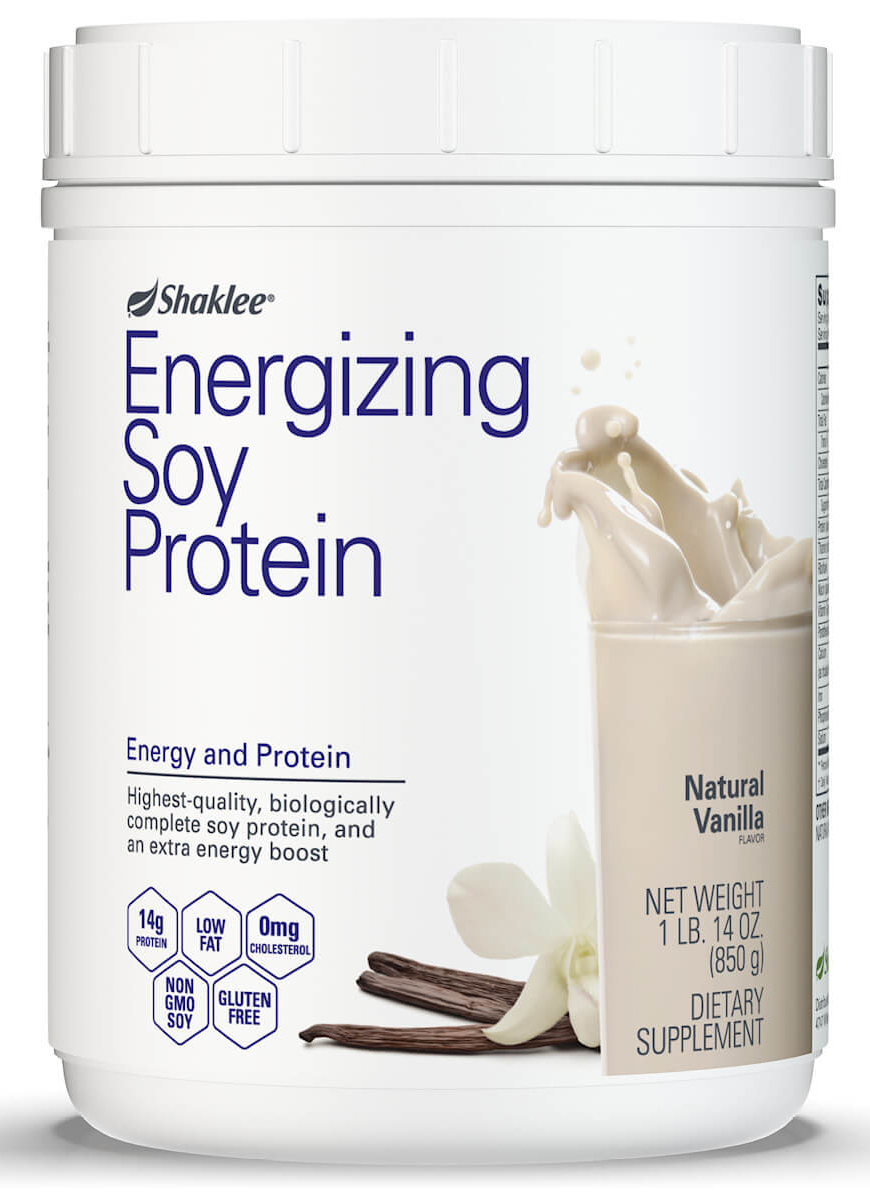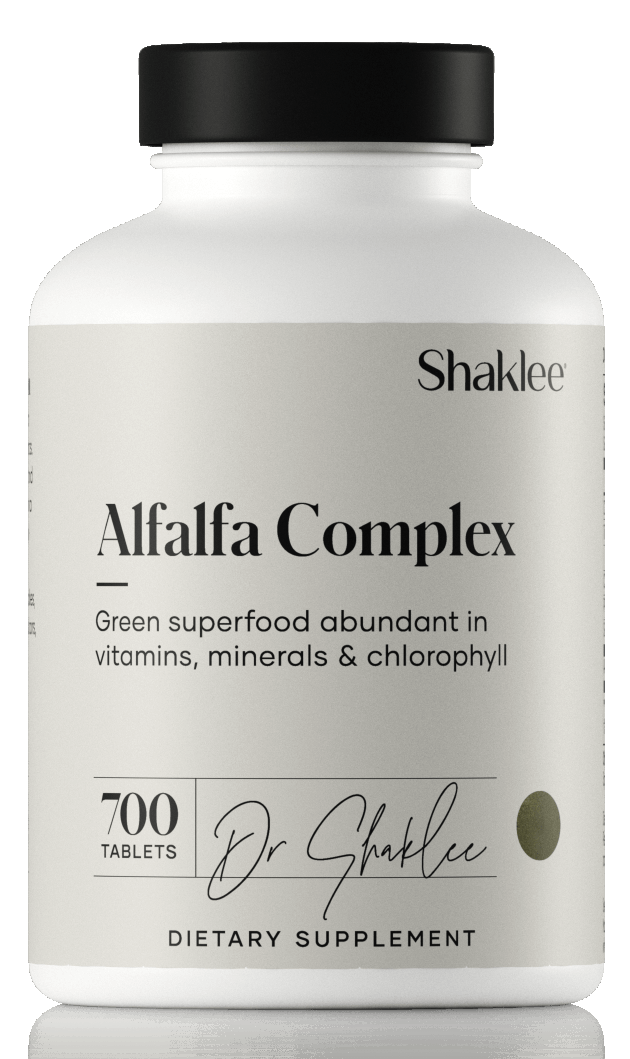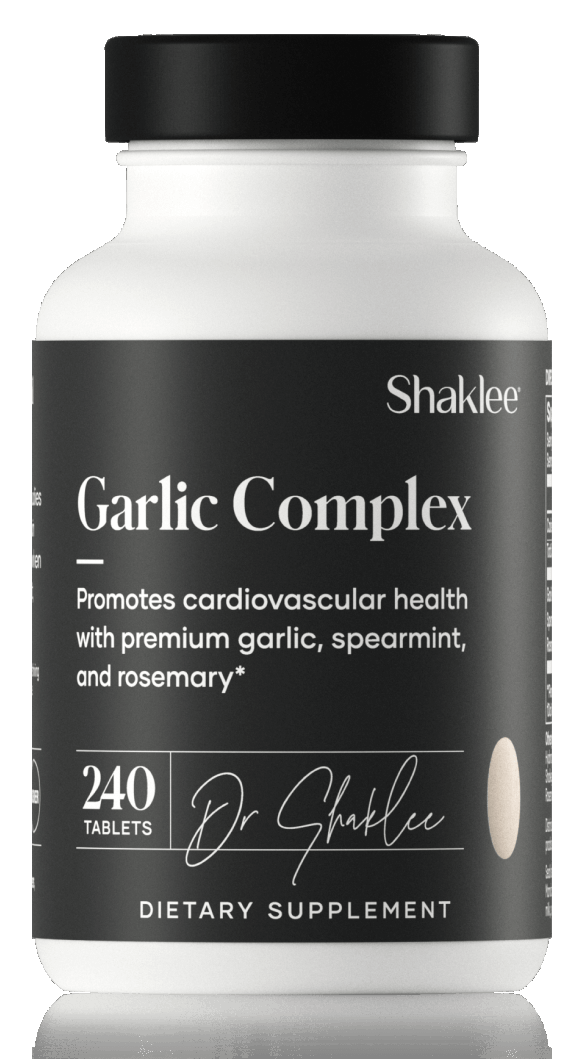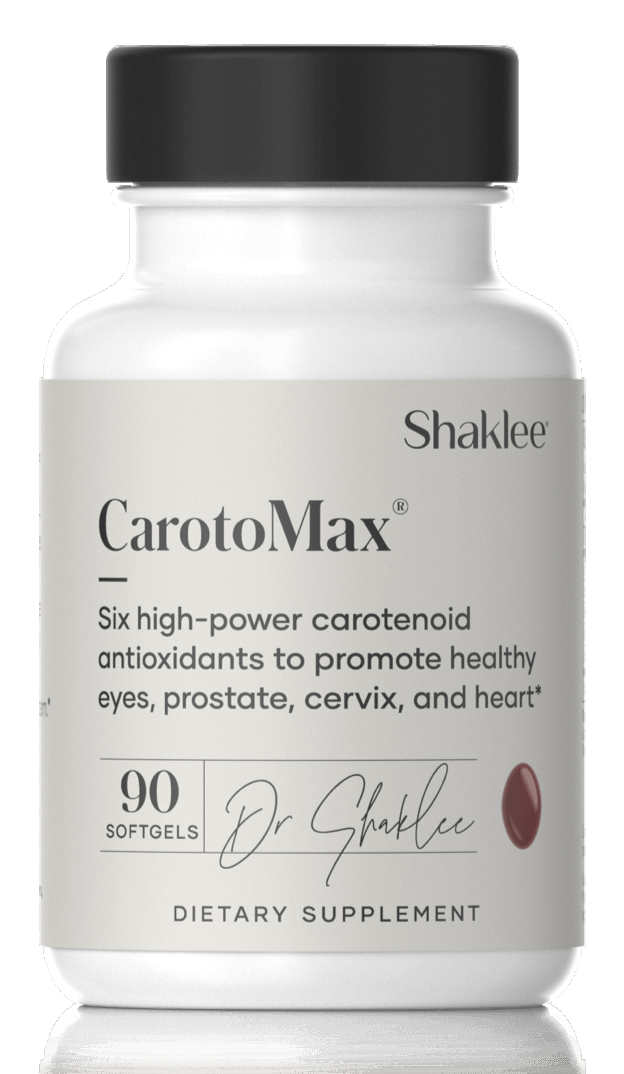
| Contact the Editor |
| NOTE: All the studies we will review are tagged with citation numbers like this: [2] If you “click” on that red number, you will be transported to the actual study. Many of the graphics can also be enlarged by clicking on them.
Shaklee Is Better Than Organic (continued)
all 4 of the delicious Life Shakes There are also 2 Non-Soy Life Shakes There are also 2 Energizing Soy Protein
(Vanilla and Coco).
These isoflavones appear to be responsible for many of soy’s reported health benefits. Soy isoflavones function as estrogen agonists, and this is why people who eat diets rich in soy have the lowest incidence of osteoporosis and cardiovascular disease.
[33]
This is great news for peri- and post-menopausal women
[34]
Similar reductions in the incidence of uterine and breast cancers indicate that these phytoestrogens also exhibit powerful anti-estrogenic activity.
[35]
This is especially important for peri-menopausal women who want to avoid the use of hormone replacement therapies.
[36]
Medicarpin is one of the most interesting of the phytoalexins. It is found at high levels in Shaklee’s
Alfalfa Complex, which is naturally made from pure and natural organic alfalfa. This compound has been found to be so powerful that Merck Pharmaceutical Company patented a synthetic version of it as a therapeutic agent to treat allergic conditions, asthma, cardiovascular disorders, and inflammation.
This helps explain why Alfalfa Complex has always been very popular in the Shaklee Field for managing respiratory and allergic disorders.
[39]
Allicin is found in Shaklee’s premium Garlic Complex. It is the first such compound discovered in garlic, onions and leeks, and provides a broad spectrum of benefits, including being anti-microbial, anti-oxidative, anti-tumor promoting, cholesterol lowering, anti-thromboticits the formation of clots in blood vessels), and even blocks damage to cellular DNA
[40]
Terpenoids and Carotenoids are another group of phytoalexins that include zeaxanthin, sulforaphane, lycopene, and lutein. All 4 of these are found in Shaklee’s
CarotoMax,
the Vitalizer System
and in the Life Strip
|
|
|
* Although these statements may have not been evaluated by the Food and Drug Administration, they are all drawn directly from the peer-reviewed scientific literature, and that's good enough for me! |
